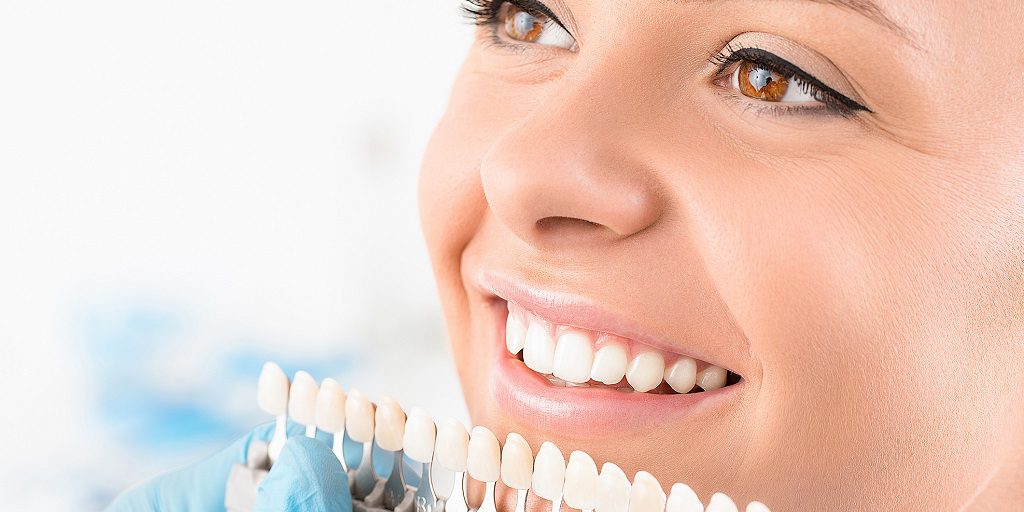
Here are some basics on how to take care of you temporary or permanent crown or bridge including oral hygiene, what to do if your temporary crown is dislodged and some information around sensitivity.
Many, many people get crowns and bridges at our office. We know that if it is your first time with this type of restoration it can be a bit intimidating. Armed with the information here, we hope you will feel reassured.
What Are Temporary Crowns or Bridges?
A temporary is a crown or bridge that is placed on the prepared teeth while the final restoration is being made. The temporary protects the exposed tooth so it is not sensitive, prevents food and bacteria from collecting on the prepared teeth, and prevents the tooth from shifting or moving, which can make seating of the final restoration more difficult. The temporary is placed with lightweight cement that is designed to come off easily so avoid chewing sticky foods such as gum, caramels, etc.
Oral Hygiene and Your Temporary
It is very important to keep the tooth and surrounding gums very clean and healthy before your final appointment to cement the crown or bridge. If your gums are inflamed, bleeding will occur very easily during your appointment, making seating of the crown or bridge difficult. Follow the following home care instructions:
Use your toothbrush to clean the temporary as you normally do your other teeth.
When flossing, it is best to pull the floss through the contact rather than lift up on the temporary so you don’t accidentally loosen the temporary.
If your temporary comes off between appointments, slip it back on and call our office so that we can re-cement it for you. A little denture adhesive or toothpaste placed inside the crown can help to hold it in place in the interim.
Sensitivity
Sensitivity, especially to cold, is common for a time following treatment. It is normal to have discomfort in the gums around the tooth after the anesthesia wears off due to the procedure.
For the first few days, avoid extremely hot or cold foods and beverages.
If your gums are tender, rinse with warm salt water, dissolving ½ teaspoon of salt in an 8 oz. glass of warm water.
An analgesic such as Tylenol or Advil will help to increase your comfort.
Final Crown or Bridge
After the final cementation of your restoration, it may take a few days to get used to the new crown or bridge. If your bite feels unbalanced, or the new restoration feels high when you bite down, please be sure to call our office for an appointment for a simple adjustment. Other symptoms which show that your restoration needs adjustment is sensitivity to biting down or eating, and sensitivity to cold.
Home Care
Although crowns and bridges are often the most durable of all restorations, the underlying tooth is still vulnerable to decay, especially at the interface between the tooth and crown. It is important to resume regular brushing and flossing immediately. Daily home care and regulating your intake of sugar-containing foods will increase the longevity of your new restorations.
Kits Family Dental – Best office for dental crowns Vancouver!
Here is a blog post outlining how much dental crowns cost in Vancouver, BC.
Here is some additional information from the Canadian Dental Association on dental crowns.
Contact Us! We’d love to hear from you!
604.738.1816 | info@kitsfamilydental.com Best office for dental crowns Vancouver. Suites 207 & 209 – 2223 West Broadway





